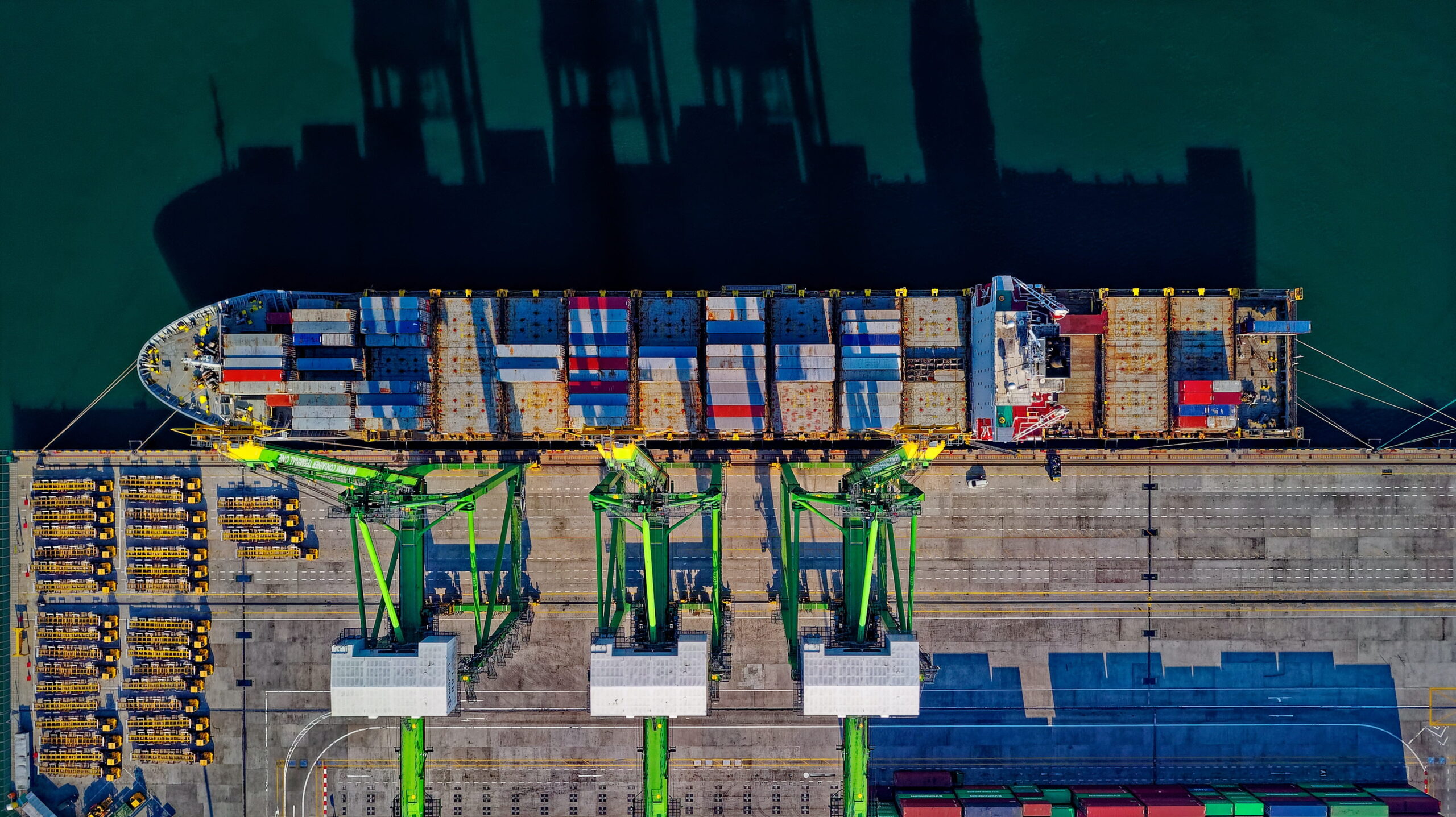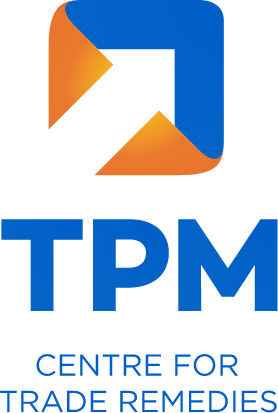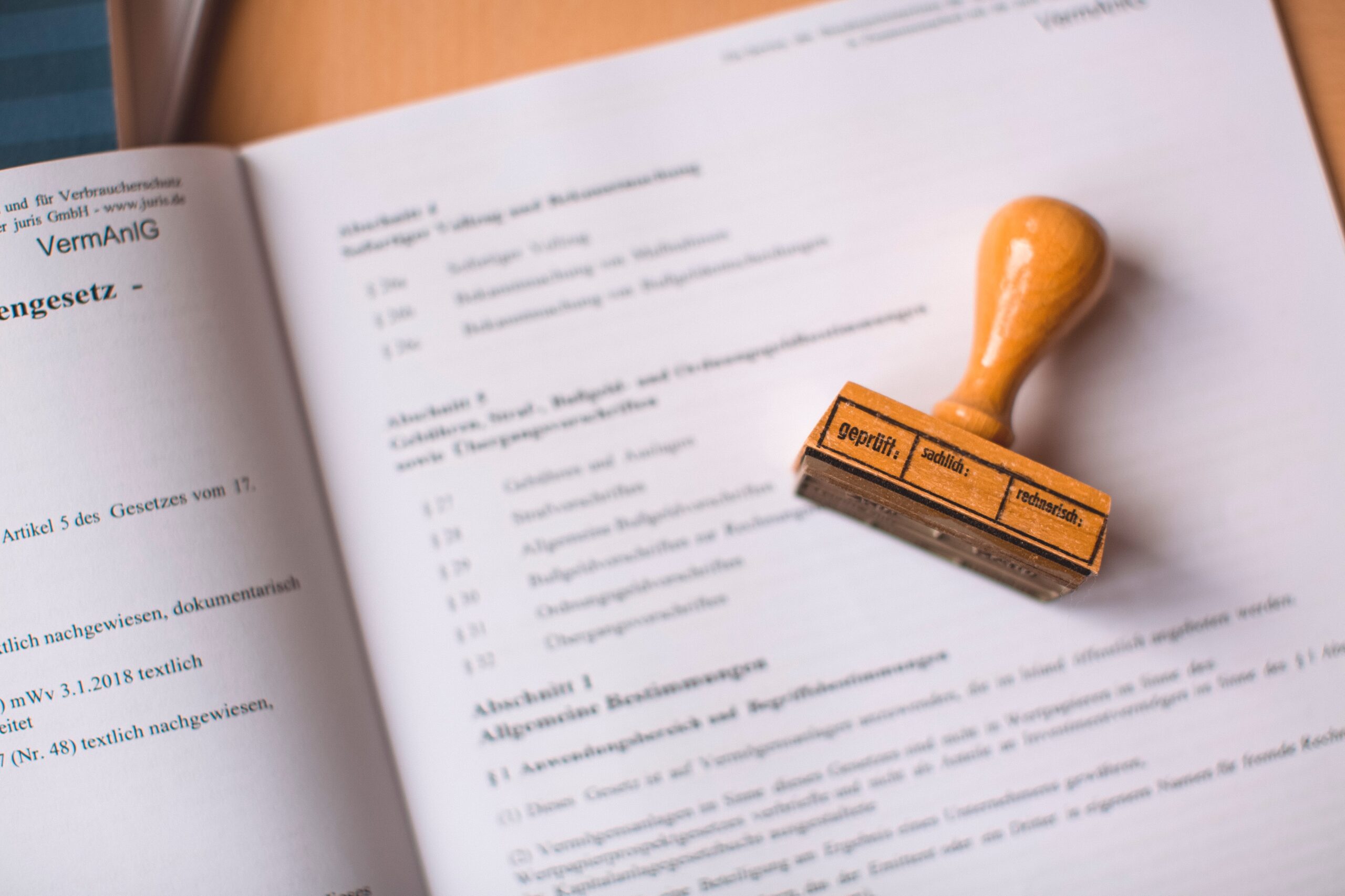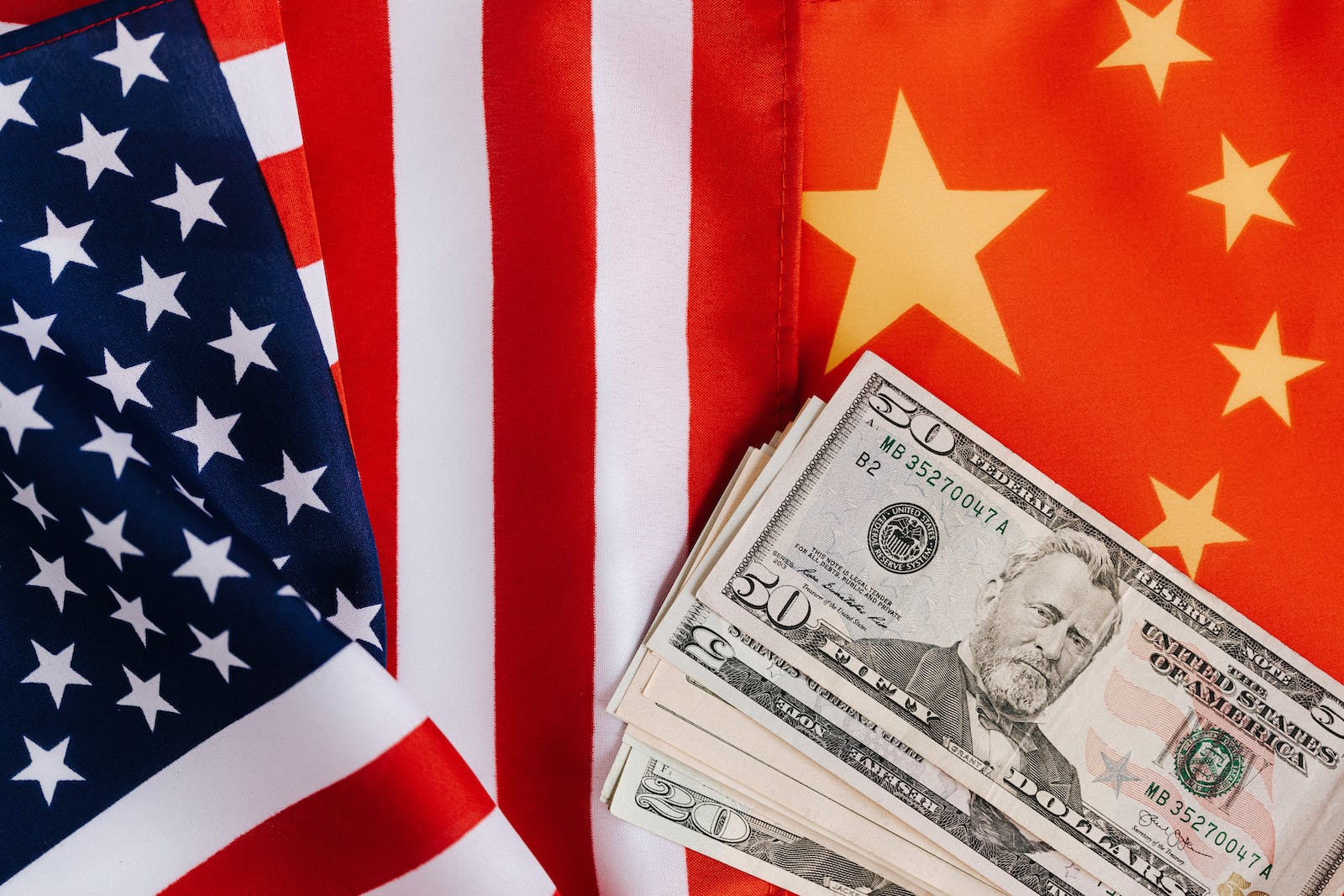India-UAE CEPA: A win-win situation for both nations

Author: Nihit Gupta, Joint Partner
After India-Japan CEPA and India-South Korea CEPA signed in 2009 and 2011 respectively, India-UAE CEPA is the first comprehensive agreement in the last one decade. This is the first free trade agreement and comprehensive agreement for India with any Gulf Cooperation Council (GCC) country, as also the fastest agreement to be concluded in merely 88 days. The Agreement was signed on 18th February 2022 and has come into effect from 1 st May 2022. The Agreement is intended to strengthen and enhance trade and economic cooperation, liberalise and facilitate trade and investment, improve efficiency and competitiveness of manufacturing and services sectors, and build upon the commitments made by each party under WTO.
The estimated current bilateral trade in goods between India and UAE in 2021 was more than USD 60 billion. The trade between India and UAE is quite balanced, with India often finding itself showing a favourable trade balance. Through this Agreement, India and UAE aim to boost bilateral trade in the next 5 years, to reach USD 100 billion.
India exports a well-diversified basket to UAE, which includes light & medium oils of petroleum, precious metals, stones, gems & jewellery, minerals, food items (cereals, sugar, fruits & vegetables, tea, meat, and seafood), textiles (garments, apparel, synthetic fibre, cotton and yarn) and engineering & machinery products and chemicals. On the other hand, India imports petroleum and petroleum products, precious metals, precious stones, minerals and chemicals from UAE.
Salient features of the Agreement
India-UAE CEPA is a comprehensive agreement covering trade in goods, rules of origin, trade in services, technical barriers to trade (TBT), sanitary and phytosanitary (SPS) measures, dispute settlement, movement of natural persons, telecom, customs procedures, pharmaceutical products, government procurement, intellectual property rights, investment, digital trade and cooperation in other areas. The key features of the Agreement are as below.
- UAE will have access to 90% of Indian tariff lines at preferential import duties and India will have access to 97% of tariff lines of UAE at preferential import duties. The Agreement aims to provide duty free access to 7,694 goods from the date of implementation.
- Both governments have agreed to grant mutual recognition to all such pharmaceutical products accepted by pharmacopoeias of Australia, Canada, EU, Japan, USA and UK. The Agreement also incorporates fast track approval, acceptance of test results from accredited laboratories etc.
- In a first, India has agreed to include a dedicated chapter on Government Procurement. As per the agreement, only government procurement contracts worth more than Rs 200 crores will be open to UAE-based companies on the same terms as Indian firms. This aims to protect the MSME industry engaged in the government procurement. Special emphasis has been placed on MSMEs owned by women and youth to facilitate participation in international trade.
- It provides a wider authority to the two governments to maintain, adopt or apply technical regulations, standards or conformity assessment procedures. Any issue arising concerning technical barrier to trade are subject to dispute settlement as per this Agreement, barring any exclusive violation of WTO Agreements.
- Stringent rules of origin have been provided for, though their scope remains wide. The Agreement provides for product specific rules of origin under Annex 3B to Chapter 3. The requirements vary from wholly obtained to 40% value addition on FOB basis.
- Both countries retain the rights under the WTO Agreements with respect to antidumping and anti-subsidy investigations. However, barring exceptional case, no antidumping or anti-subsidy duties shall be imposed during next 1 year after final determination on the goods which were covered under the investigation that ended with negative final determination. Further, the agreement provides that any partner country cannot be subjected to measures in the event of mere transshipment.
- In case the concessions lead to an increase in imports, leading to serious injury to the domestic industry of the importing country, the importing country would also be allowed to impose bilateral safeguard measures, in addition to the existing trade remedial measures.
Benefit to India
- The Agreement covers almost all the tariff lines dealt in by India (11,908 tariff lines) and the UAE (7,581 tariff lines) respectively. India will benefit from preferential market access provided by the UAE on over 97 % of its tariff lines which account for 99% of Indian exports to the UAE in value terms, especially for all labor-intensive sectors such as gems and jewellery, textiles, leather, footwear, sports goods, plastics, furniture, agricultural and wood products, engineering products, medical devices, and automobiles.
- The Agreement will potentially result in increased opportunity for several service sectors such as computer related services, audio-visual, health, tourism, travel, nursing, engineering, accountancy etc.
- UAE majorly imports goods from China, USA, Japan, Germany and India. However, at present, share of India is much lower than that of China and USA. The Agreement would allow India to have advantage over these countries in market of UAE.
- India is already in discussions with other GCC countries to explore India-GCC Free Trade Agreement. India-UAE CEPA can help accelerate bilateral discussions between India and other GCC countries. This may result in potential agreements with rest of the middle east.
Conclusion
The India-UAE CEPA will boost the trade between both countries and is expected to push bilateral trade. The Agreement has vast coverage in terms of cooperation between the two countries including free trade area. This shall help both countries to utilize each other’s resources and do appropriate resource allocation within the free trade area. At the same time, Agreement allows both countries to use their rights under WTO in case of dumping or export of subsidized material causing injury to either of the partner countries and also has provision of bilateral safeguards to check surge of any non-essential imports into one partner country from the other.





